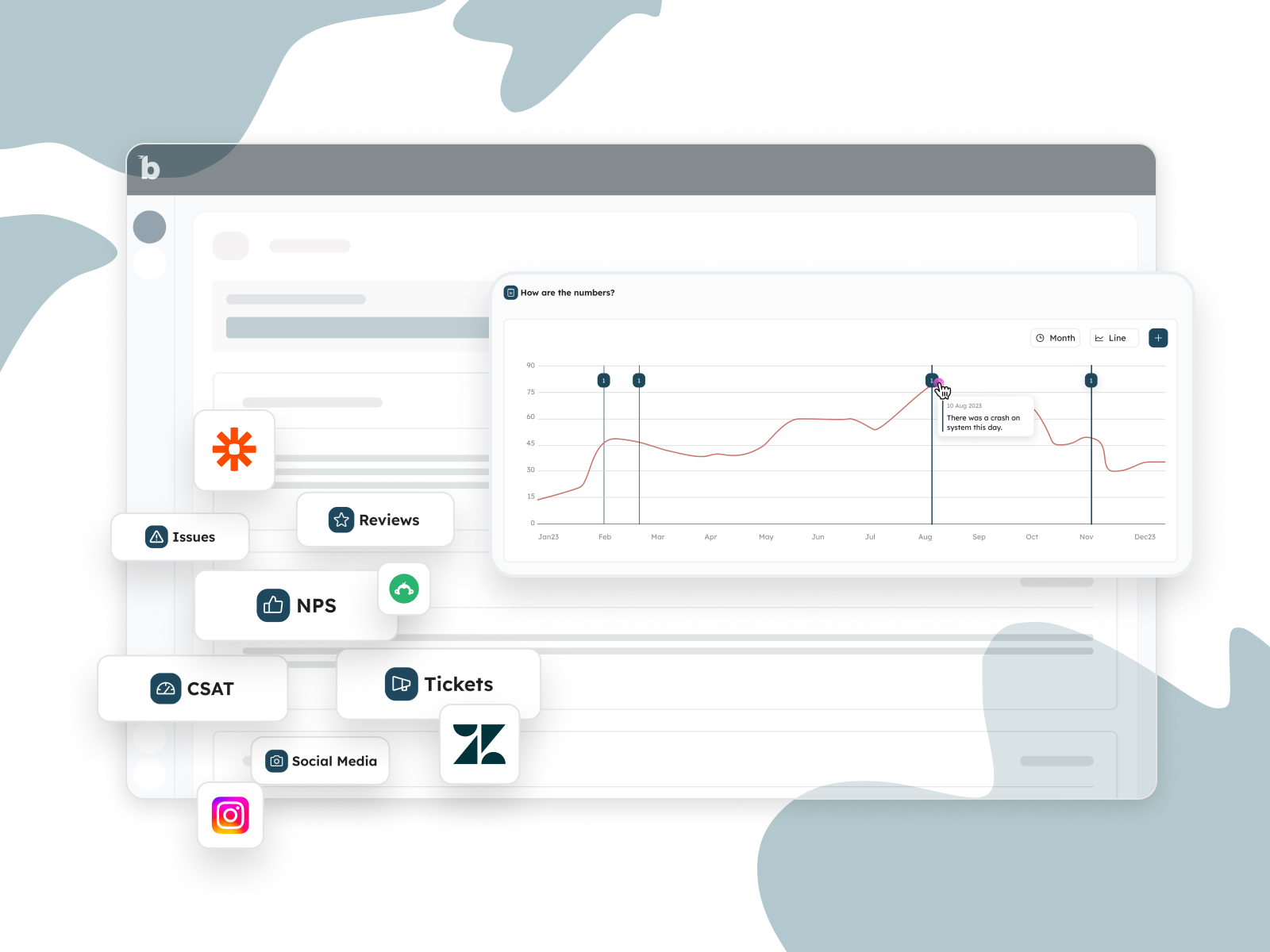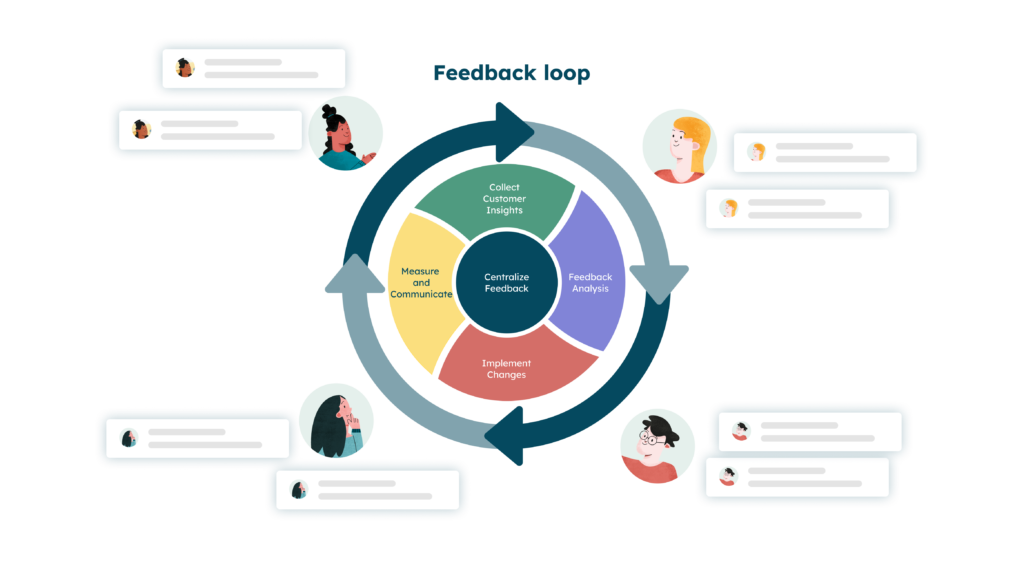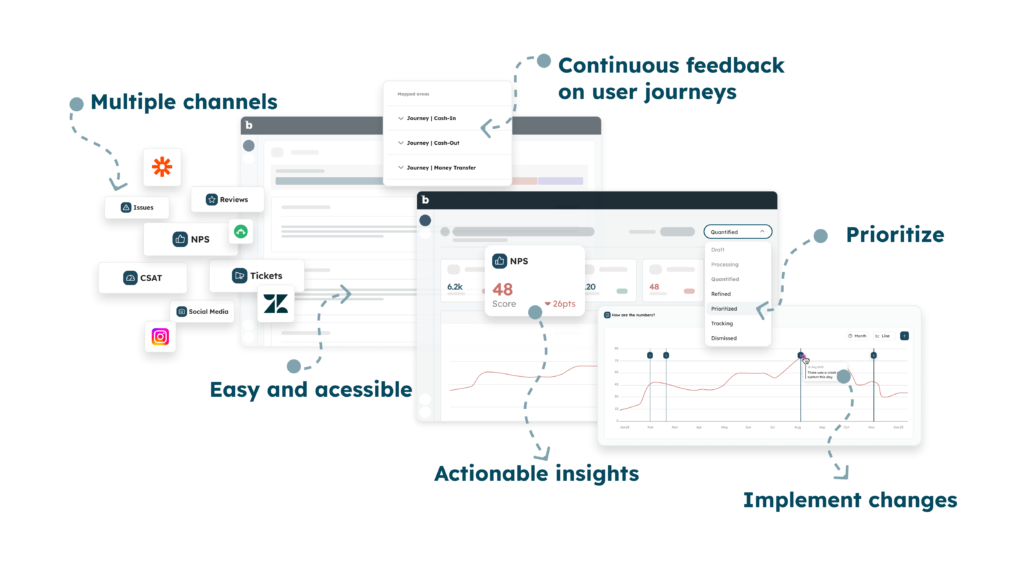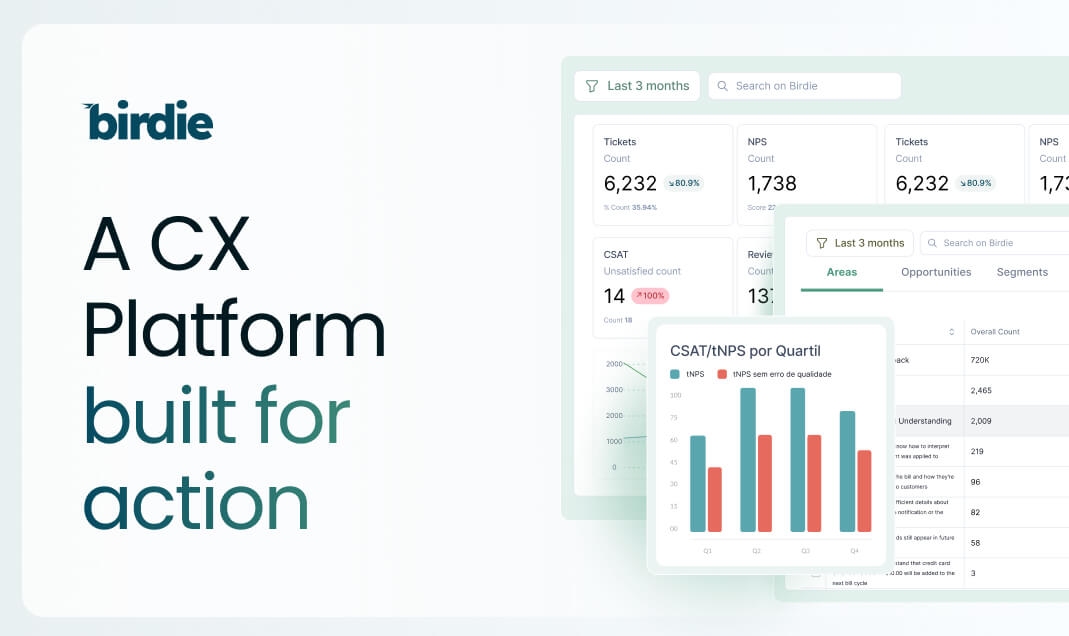
In today's digital age, customers are more vocal and connected than ever before. Social media platforms, online review sites, and app stores have empowered them to share their thoughts and experiences instantly right after some kind of journey, reshaping the customer-business relationship. You see examples of customer feedback in action everywhere around you:
- App store reviews: Users leave detailed ratings immediately after using a new app or update.
- Unboxing videos: Consumers create and share YouTube videos showcasing their first impressions of products as they unpack them.
- Review site immediacy: Diners post on Yelp or TripAdvisor right after leaving a restaurant.
- Community forums: Users engage in detailed discussions about products or services on platforms like Reddit or specialized forums.
- Live-streaming: Customers live-stream their use of products on platforms like Twitch or Facebook Live, providing real-time feedback.
This presents a unique opportunity for businesses to tap into a wealth of real-time feedback and extract the maximum value from it. The key to harnessing this power lies in establishing a robust customer feedback loop - a cyclical process of collecting customer insights, analyzing them, implementing changes, and  communicating the impact back to customers. This iterative approach ensures that your customer experience evolves alongside customer needs, leading to increased satisfaction, loyalty, and ultimately, business growth.

We have already talked about how feedback loops directly impact product strategy, here we want to focus more on discussing feedback loops as a key element of customer-centric business practices.
Why Customer-Centricity Matters
Customers are no longer passive recipients of products and services. They are actively researching, comparing, and sharing their experiences with others. This shift in power dynamics demands a customer-centric approach to CX. By prioritizing customer needs and expectations at every stage, businesses can foster trust and build stronger long-term relationships through an effective customer experience feedback loop
Strategies for Implementing an Effective Feedback Loop in CX
A feedback loop isn't just about collecting data; it's about action and communication. Businesses that excel in closing the loop demonstrate a genuine commitment to customer satisfaction.
Here are key strategies for building a successful feedback loop:
- Create Multiple Channels for Feedback: Offer a variety of ways for customers to share their thoughts "“ from surveys and social media to in-app feedback tools and email inquiries.
- Make Feedback Easy and Accessible: Ensure customers can provide feedback in a convenient, user-friendly manner. Short surveys, well-designed app interfaces, and readily available contact information make all the difference.
- Encourage Continuous Feedback: Don't limit feedback collection to specific campaigns or product launches. Integrate feedback mechanisms throughout the customer journey, from initial sign-up to ongoing use.
- Analyze Data for Actionable Insights: Don't just gather feedback; analyze it thoroughly to identify trends, recurring issues, and areas for improvement. Invest in data analytics and AI tools to translate customer sentiment into actionable insights.
- Prioritize Feedback Based on Impact: Identify the feedback that has the most significant impact on customer satisfaction and business goals. Address critical issues first and demonstrate a commitment to resolving them.
- Implement Changes and Communicate the Impact: Take concrete steps to address customer feedback. This could involve product updates, service improvements, or revised onboarding processes. Crucially, communicate the changes you've made back to your customers, demonstrating that their voices are heard and valued.









